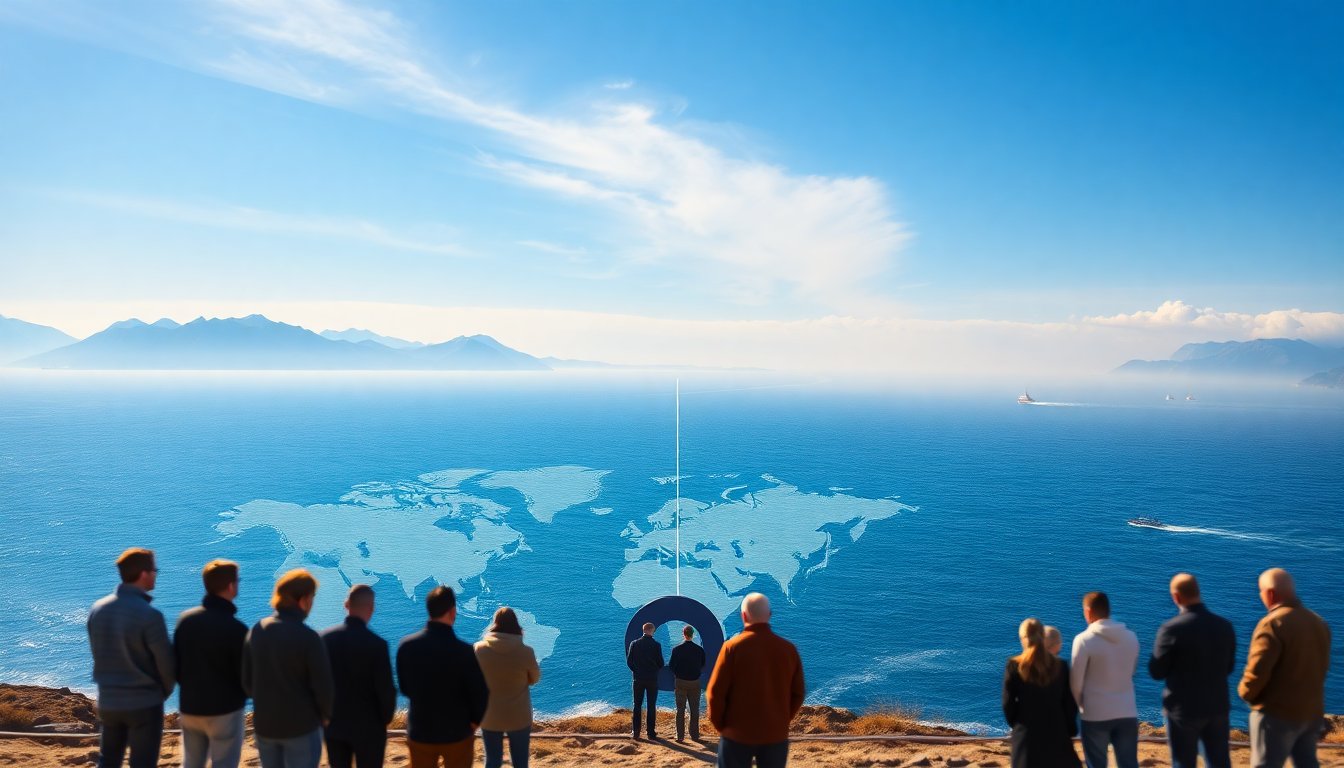Table of Contents
Russian proposal for Bering Strait tunnel sparks intrigue
The geopolitical landscape is often shaped by bold ideas and ambitious projects. Kirill Dmitriev, a prominent figure in Russian politics with close ties to Vladimir Putin, has proposed a significant initiative: the construction of a tunnel beneath the Bering Strait to connect Russia and the United States. This concept aims to enhance connectivity while symbolizing a potential bond between two nations that have frequently found themselves at odds.
Dmitriev, often called the “Trump-whisperer” for his ties to former President Donald Trump, draws from a historical vision rooted in the Soviet era. He proposed the concept of a “Kennedy–Khrushchev World Peace Bridge,” symbolizing aspirations for global harmony. His recent comments indicated that the Boring Company, founded by tech entrepreneur Elon Musk, could realize this engineering ambition for an estimated cost of under $8 billion.
The vision behind the tunnel
Dmitriev posits that building a tunnel would act as a potent emblem of unity. He asserts that such a project could enhance collaboration and understanding between two nations historically marked by tension and rivalry. “Let’s build a future together,” he urged, emphasizing the transformative potential of this infrastructure.
Historical context and implications
The proposal for a tunnel under the Bering Strait is not a novel idea. Various plans have been suggested over the years to improve connectivity between North America and Eurasia. This concept embodies a broader ambition to bridge gaps, both geographically and culturally. Dmitriev’s approach is particularly significant given the present political climate.
As international relations strain, particularly regarding European security and the ongoing conflict in Ukraine, the viability of such a project prompts critical questions. Would a tunnel truly act as a pathway for peace, or would it simply function as a political statement? The answer may hinge on the shifting dynamics between the involved nations.
Engineering challenges and geopolitical realities
Building a tunnel across the Bering Strait poses significant engineering challenges. The strait spans approximately 70 miles and is known for its harsh weather conditions and complex geological formations. Ensuring the safety and durability of such a large-scale project would necessitate advanced technology and considerable financial investment.
Potential benefits and drawbacks
If the tunnel project is realized, the potential benefits could be considerable. It may facilitate trade, boost tourism, and encourage cultural exchanges. Additionally, it could create new opportunities for collaboration in sectors like energy and technology. However, it is essential to weigh the risks involved. The political climate, especially regarding Russian political repressions and international sanctions, could impede progress and collaboration.
The implications of this project go beyond mere construction. It could reshape the power dynamics in the region, impacting not only U.S.-Russia relations but also how the global community views collaboration and trust. As polarization rises, initiatives like the proposed tunnel might act as a litmus test for future cooperation.
The future of the Bering Strait tunnel: opportunity or obstacle?
Dmitriev’s proposal for a tunnel under the Bering Strait represents both a potential opportunity for unity and a significant challenge in international relations. The ambitious nature of this project hinges on various factors, including political commitment, economic feasibility, and international collaboration. As geopolitical dynamics shift, the vision of a Bering Strait tunnel could either evolve into a tangible reality or remain a speculative idea that underscores the complexities of global politics.


